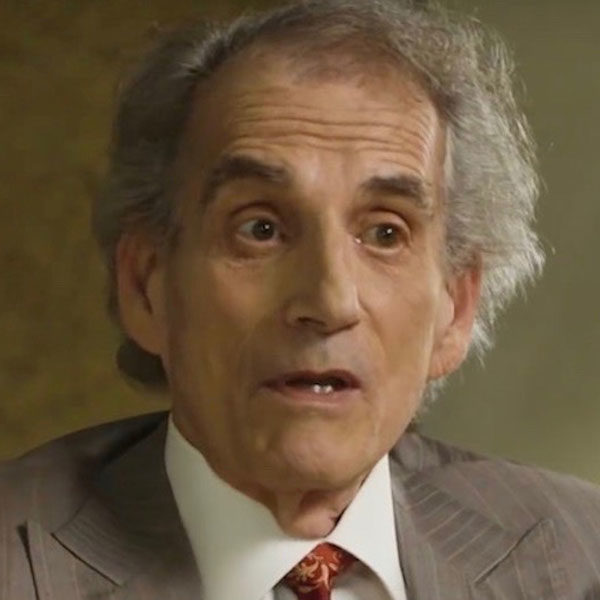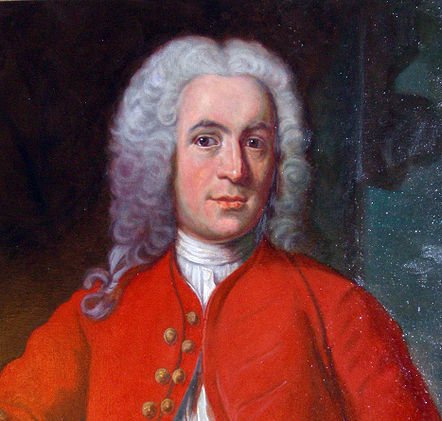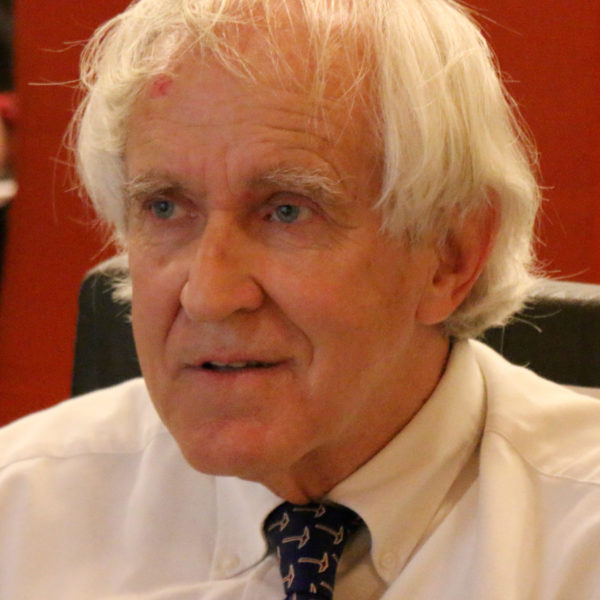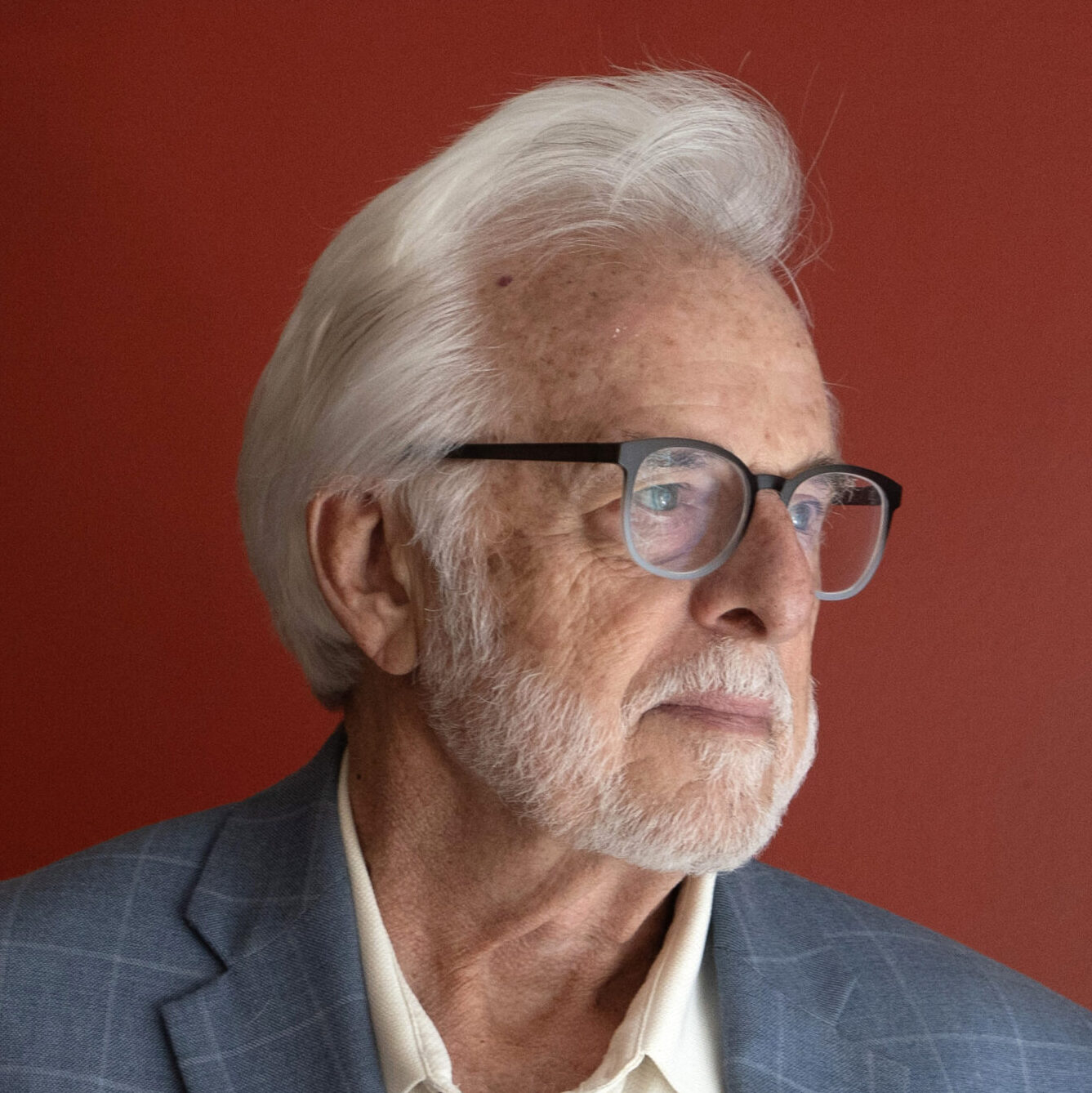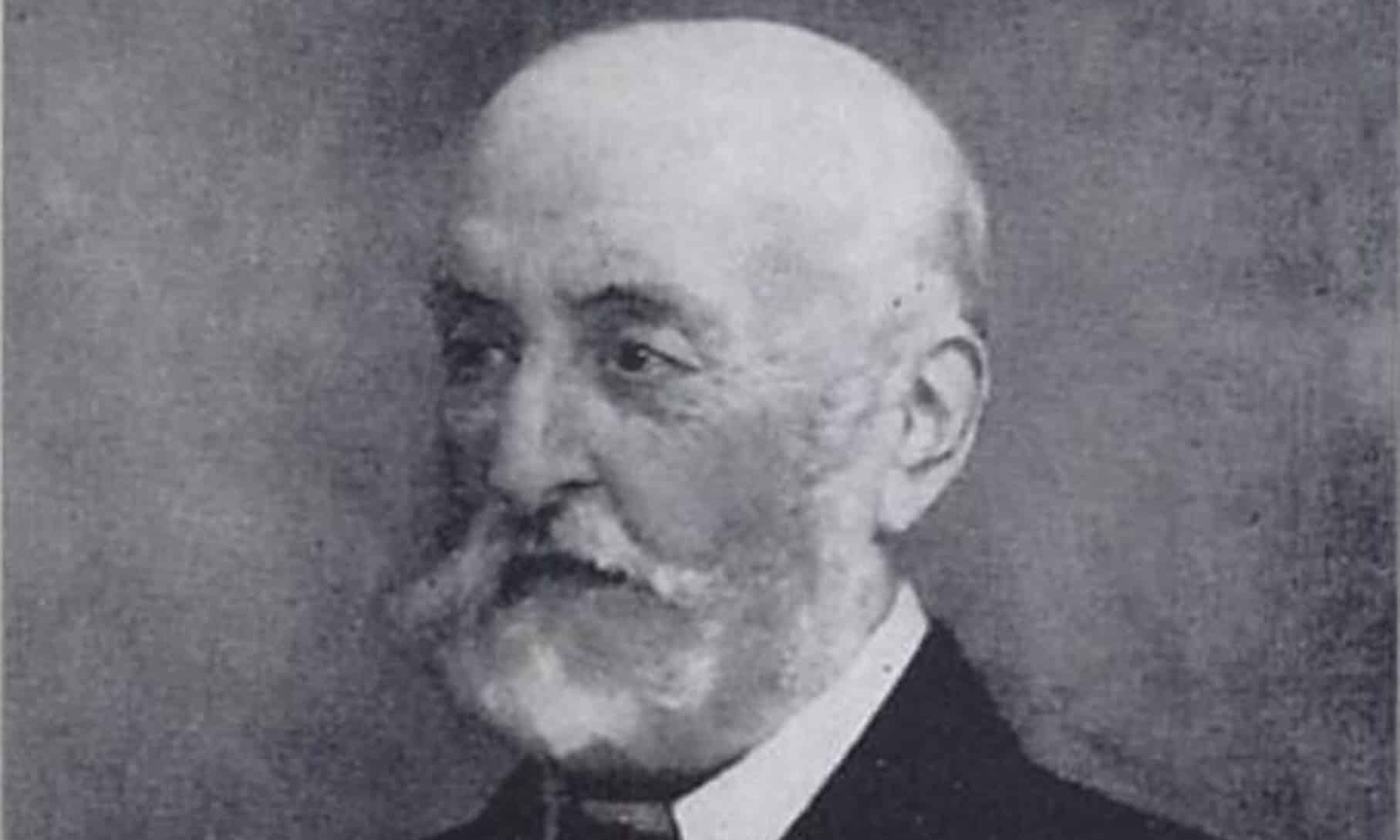Editor’s note: We are delighted to offer this excerpt from James Barham’s Foreword to the newly published second edition of a classic, Mivart’s On the Genesis of Species (Inkwell Press). See William Dembski’s comments yesterday, “An 1871 Critic of Darwinism Whose Criticisms Still Pack a Punch.”
St. George Jackson Mivart (1827–1900) is one of those historical figures who ought to be much better known than they are.
If I may be allowed a personal anecdote, I can supply some firsthand evidence of the present depth of Mivart’s obscurity. A few years back, I happened to notice that the Wikipedia article on the distinguished biologist had given his name as “George Jackson Mivart,” leaving off the “St.” I made the necessary change and didn’t think too much about it until, a few days later, I noticed that my correction had been deleted and the erroneous name restored. The individual who did this left me a message. The young man (as I assumed him to be) assured me that he had checked a Catholic encyclopedia and determined that Mivart was not listed there! I put the “St.” back in again and left a note explaining that Mivart was named for St. George (of dragonslayer fame) and that his parents were within their rights to give him this name. After that, the correct name remained in place.
Practically Unknown Today
My exchange with this Wikipedia editor shows, I think, that Mivart’s name is indeed practically unknown today. But the next question is: Why? Is it because On the Genesis of Species, published in 1871 (twelve years after Darwin’s Origin of Species), was so wrongheaded as to be lacking even in historical interest? Or is it for some other reason? The answer to this question will depend upon the qualities of Mivart’s magnum opus, to be sure, but also upon one’s attitude towards the Darwinian revolution, in general.
But first, a few details concerning Mivart’s life. He was born in London into an upper-middle-class family (his father ran a successful hotel). However, his parents were religious “dissenters,” meaning they did not belong to the established Church of England, but to an evangelical congregation. This placed Mivart at a distinct social disadvantage — during the early decades of the 19th century, non-Anglicans were still excluded from attending Oxford and Cambridge.
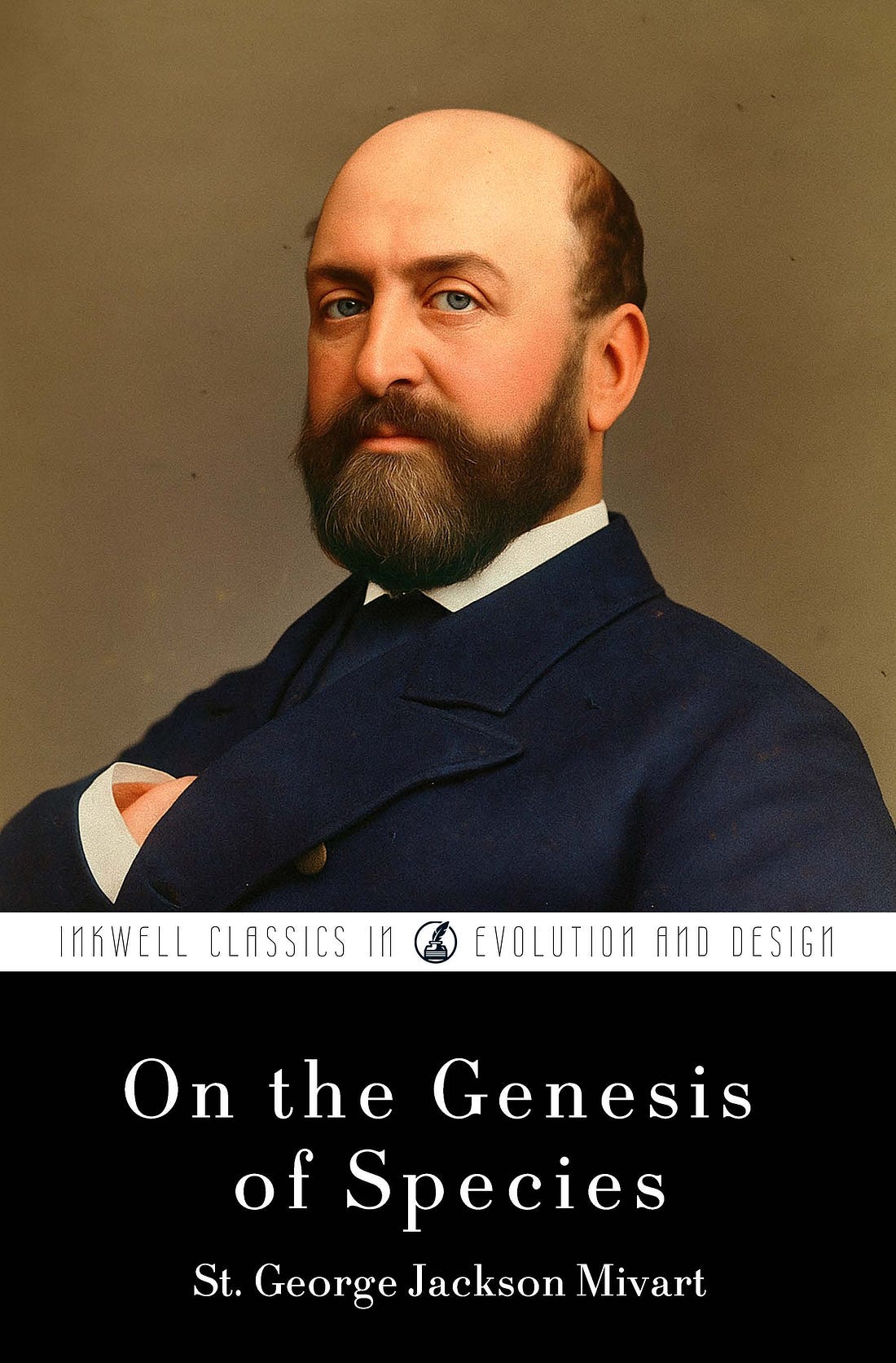
From the Frying Pan into the Fire
Mivart’s mother and father each contributed to one side of his remarkable personality, which was equally absorbed in science and religion. His father was an amateur naturalist of some accomplishment, who corresponded with some of the most prominent investigators of his day. From him, the young Mivart inherited a fascination with the natural world that led him to take up collecting plant and insect specimens as an intensively pursued hobby at an early age. His mother, on the other hand, was deeply religious, and from her he inherited a lifelong preoccupation with theology and the spiritual side of human nature. His religious fervor went so far as to lead him to convert to Catholicism as a teenager—which, in social terms, was tantamount to jumping from the frying pan into the fire. Looking back on his life from the outside, it seems evident that something inside him drove him to make his way against the grain of the society around him.
While an undergraduate at King’s College, London, the young Mivart began to make scientific acquaintances through the good offices of his father. He began a correspondence, which turned into a deep lifelong friendship, with Richard Owen (1804–1892), the foremost British paleontologist and comparative anatomist of the day. After graduating with a B.A., Mivart studied the law at Lincoln’s Inn. In 1851, Mivart completed his law studies and qualified as a barrister. However, he never practiced law but turned his attention fulltime to his scientific studies, branching out to medicine and general biology.
In 1861, Mivart attended a series of public lectures given by Thomas Henry Huxley (1825–1895), then an up-and-coming young naturalist who would go on to win fame as “Darwin’s bulldog.” Before long, Mivart and Huxley became fast friends. Though the two young naturalists were of similar age, Huxley was more advanced in his career. For this reason, it was natural for Mivart to slip into the role of Huxley’s protégé. It was Huxley who arranged for Mivart to receive his first paid teaching position in 1862, as Chair of Zoology at St. Mary’s Hospital, London.
Distinguished Technical Studies
During the 1860s and ’70s, Mivart published a series of distinguished technical studies on the comparative anatomy (osteology) of the primates, with a special emphasis on the lemurs. These essays were published in the prestigious Proceedings of the Zoological Society. Through these publication, Mivart’s name gradually began to be widely recognized.
Mivart’s initial reaction to Darwin’s Origin of Species, published in 1859, was quite positive. In the Origin, Darwin had been careful not to extend his scientific claims beyond the proper bounds of empirical research, so Mivart and many other (though not all) committed Christians felt reasonably comfortable accepting the Origin’s conclusions. What changed between 1859 and 1871 (the year Mivart’s On the Genesis of Species was published)? The answer is twofold. In purely scientific terms, the more Mivart learned about comparative anatomy during his investigations of the 1860s, the more he began to doubt the adequacy of natural selection to explain the known facts of natural history. In religious terms, what happened was Ernst Haeckel (1834–1919), a prominent German paleontologist, whose massive Generelle Morphologie der Organismen [General Morphology of Organisms], published in 1866, had made a strong impression on the scientific world. In this work, Haeckel was not as shy as Darwin about trumpeting the theory of natural selection as the foundation for a general atheistic materialistic worldview.
“Cut Him Dead”
Both Huxley and Darwin himself initially took On the Genesis of Species seriously. Darwin responded to some of its specific criticisms in the sixth edition of the Origin, published the next year, in 1872. However, as time went by and Mivart became more vocal in his opposition against the view that natural selection provides an adequate explanation of the evolution (transformation) of living forms, Darwin became increasingly exasperated, and his disciples began to circle the wagons. Part of the problem was undoubtedly social — Mivart had never been, and still wasn’t, a member of the English social elite. Darwin was. In the end, Darwin, Huxley, and their friends collectively decided to “cut him dead,” meaning to ostracize him socially. This led to Mivart’s being excluded from various professional organizations and becoming a lonely figure in British science.
Tragically, Mivart’s loneliness and social isolation were made even worse by trouble with the Catholic Church. The problem was not his evolutionism per se; it was his insistence on his right to pursue his scientific research wherever it might lead. Mivart was convinced that, just as Haeckel was wrong to draw unwarranted inferences from empirical facts to theological conclusions, so too the Church was wrong to interfere with scientific research on the basis of teachings based on religious faith. Mivart’s clash with the Church took place over many years, gradually intensifying until his excommunication in early 1900, only two months before his death.



